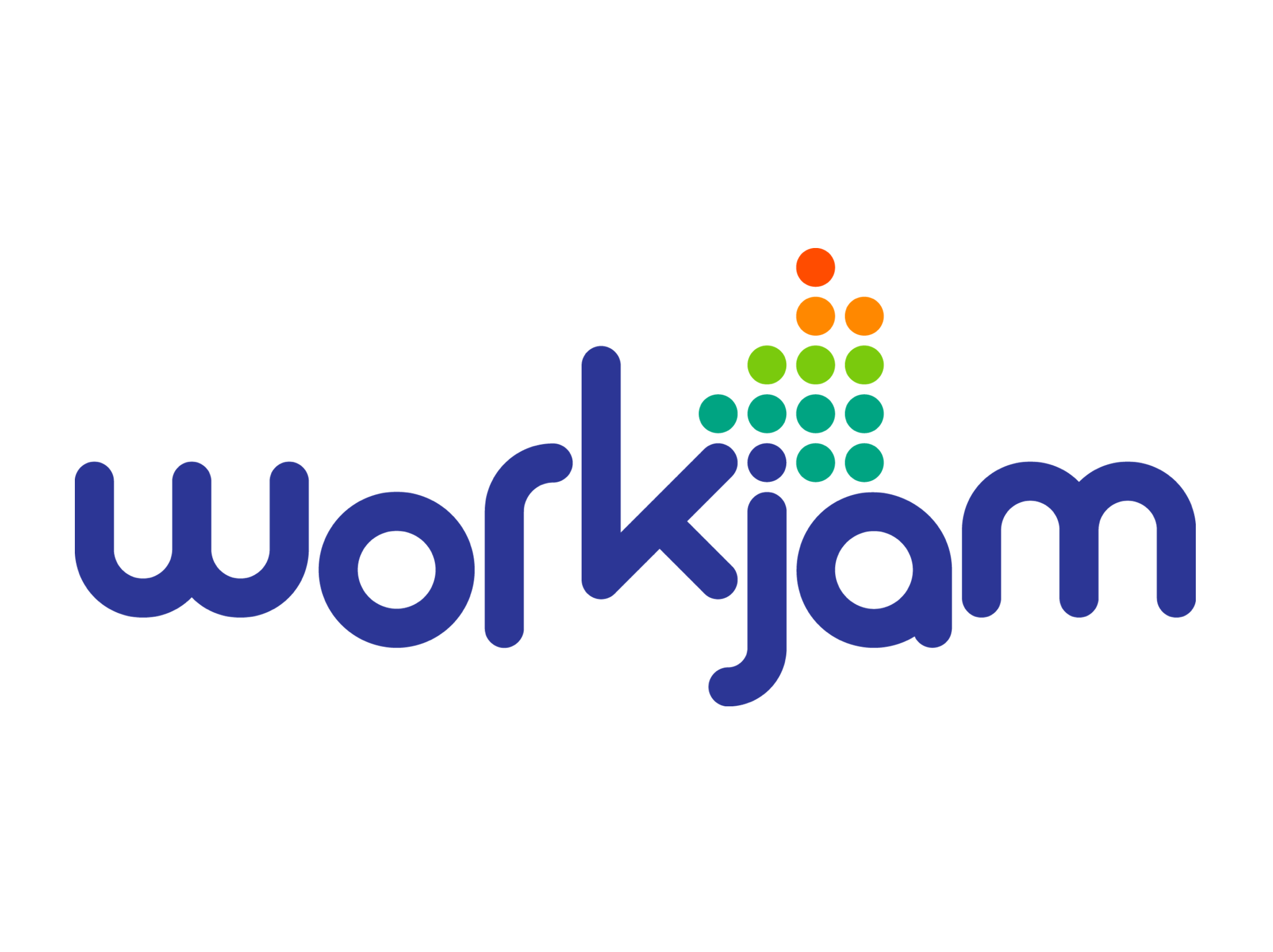A New Way of Looking at the Customer’s Journey
Buyers move through distinct stages when making purchases. This is called the customer journey.
These stages have traditionally been identified as awareness, consideration, and decision.
- Awareness: The customer is just becoming aware that they have a problem that they need to solve. A buyer in this state is simply info-gathering, learning, and pondering.
- Consideration: The customer now has realized there’s a problem in need of a solution. They are starting to look at options for how to solve the problem, actively doing research and getting in the mindset to buy something.
- Decision: The customer has decided exactly what they need to solve their problem. Now they just have to decide among a few competitive options and make the purchase.
Let’s take the example of a woman whose gym shoes are getting worn out. One day the sole falls off one of them, and she realizes she needs to buy new ones. She’s now aware she has a problem to solve, so she does a bit of research about the newest shoes on the market. She visits the mall and tries on some of the styles she researched. She finds a pair she likes at a good price and buys it.
This sounds straightforward enough. But with the rise of ecommerce and online marketing, this simple journey is now shifting in new directions.
A New Brand of Customer’s Journey
No longer is there a straight, predictable line from awareness to consideration to decision. Customers move back and forth between the consideration and decision stage in various ways, coming to the brink of a decision and then looping back to read reviews or consider other options that have popped up in their social media feeds.
Our gym-goer may have put a pair of sneakers in her cart on the website of an online retailer, but then she decides she better check the customer reviews before clicking “purchase.” The reviews aren’t great, so she’s back to the drawing board, thrown back into the consideration stage unexpectedly.
Along with the rise of online buying options and info-gathering possibilities, web-based community is another major driver of change in the customer’s journey. Decades ago, a shopper in need of some shoes might head to the local mall, find a shoe store, pick out ones she likes, and make the purchase. The only people who had influence over her purchase would be a friend who had accompanied her to the mall and the salesperson in the store.
Nowadays, someone in the market for shoes may check out the styles their favorite online influencers or celebrities are wearing, ask friends or people in online community sites if they like them and know where to get them, and scour various stores’ webpages to find similar options and read reviews. If one of those retailers has a store nearby, the customer might stop in to try the shoes. She might buy them at that point, or decide they’re not her thing after all and start the entire process anew. Once she finally decides and purchases, she might post a photo of her new footwear online, prompting friends to start their own searches for the style.
This process is much more fluid, ever-changing, and multidimensional than the traditional customer’s journey that marketers are used to thinking about. In this process, customers are actively involved in shaping the brand’s influence online and prompting others to become buyers too.
The Future of Brick-and-Mortar
Does this mean brick-and-mortar retailers are done for?
Not so fast. While the vast majority of retailers need active online presence and engagement to succeed, stores that sell primarily out of physical locations are still competing nicely in the marketplace.
Online sales are still a surprisingly small fraction of retails sales — they make up only 16%. And the majority of retail store closures (66%) stem from the failure of a relatively small collection of companies (16%). A majority of retailers actually plan to have more stores open by the end of 2019 than they did at the end of last year.
So while the customer’s journey has certainly shifted away from being entirely contained within the four walls of a shopping mall, the shops within remain the primary anchors and touchpoints for retail activity in today’s economy.
To learn more about developments in the retail space, read WorkJam’s comprehensive white paper about the future of retail.


